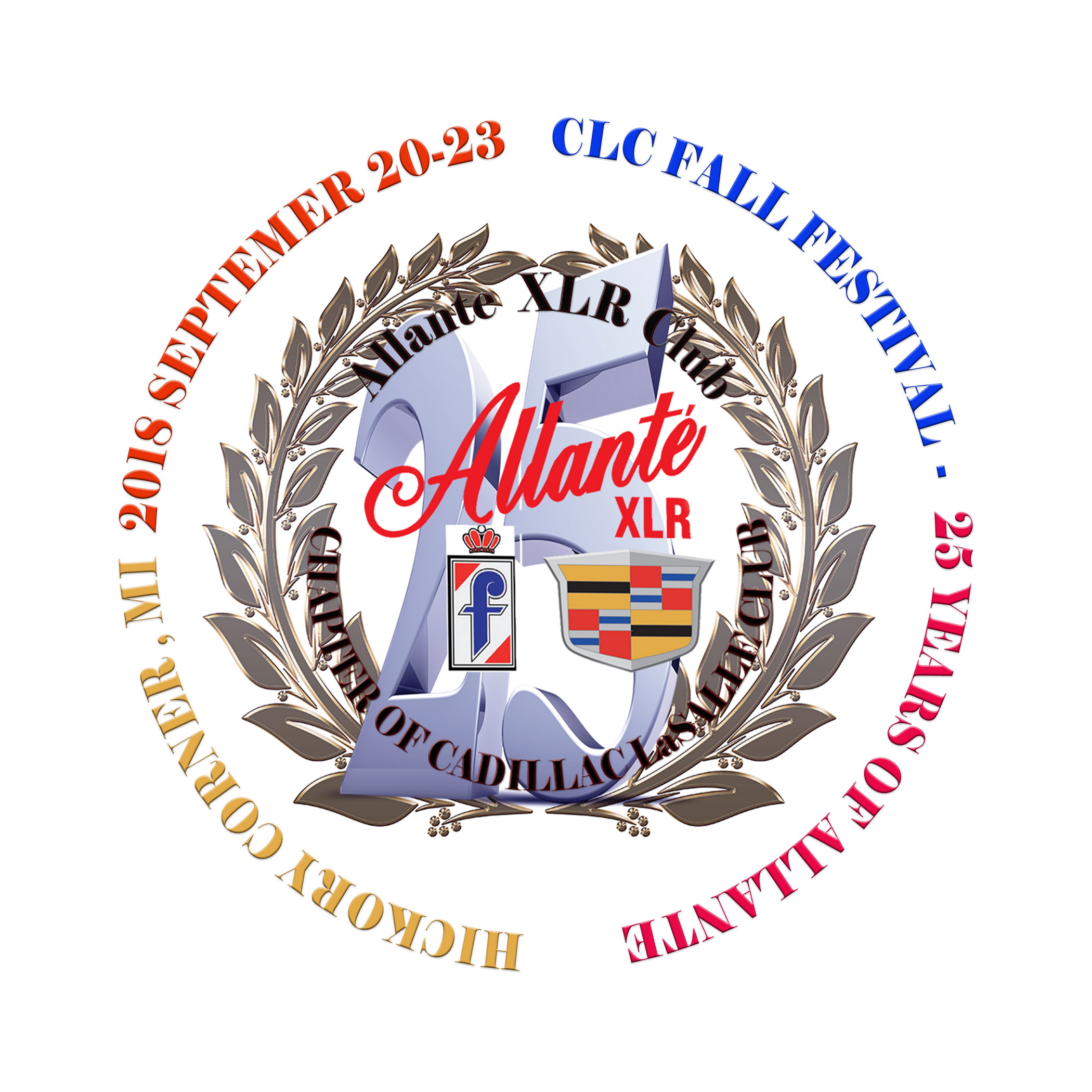Simplified brake fluid change procedure
Regular brake fluid changes for all 1987 through 1992 Allante’s with the Bosch III ABS system will significantly improve the life of these systems. By not changing fluid, over time old brake fluid loses its anti-corrosion properties. It appears to start attacking the metal in the system, especially the aluminum housing. Then crud starts to form. This crud works it’s way into the sealing area, and starts abrading the seals. As internal seal leakage increases, plausibility fault codes start appearing, turning on the red brake warning light. Once the damage has occurred, the ABS system must be replaced to correct the error conditions.
For a couple years I have been following a simplified brake fluid change procedure. We have also changed the brake fluid in a number of local club members’ cars following the same procedure. I thought I would pass it along, to get more people to change their brake fluid. Doing this annually is a very good idea.
Start by depressurizing the brake system by pumping the brake pedal 25 times with the key off. It is not a bad idea to unplug the ABS pump after doing this. Put a piece of cardboard under your car, under the master cylinder area to soak up a small amount of fluid which invariably will drip down. Next, remove the air duct between the airbox and the throttle body. With a jar or can and small funnel underneath, pull the hose off the lower front corner of the brake fluid reservoir. Allow the fluid to drain completely. If the fluid is really black, the reservoir really should be cleaned.
The reservoir can be removed from the master cylinder as follows. Disconnect the hose(s). Insert your fingers under the front, and pull up. There are three “feet” or ports on the bottom of the reservoir, which will pop out of grommets in the top of the master cylinder housing. Immediately clean off the area under the reservoir, to make certain no foreign material gets into the openings.
Next, remove the screen from the reservoir. Any of a variety of solvents can be used to clean the inside. It may take a couple hours if your reservoir is really loaded. Brake pad cleaner, lacquer thinner, TSP, and degreasers will all work to some degree. I purchased a used ultrasonic cleaner specifically for this purpose, which works well. After cleaning the reservoir, it must be THOROUGHLY flushed with clean brake fluid to remove any trace of cleaning solvents and moisture.
Then reinstall on the master cylinder, and reconnect hoses. Refill with clean brake fluid, preferably DOT 3. NEVER use DOT 5, synthetic silicone brake fluid. Some brake fluids are DOT 3 and DOT 4 spec. Those are OK too. Next, take a clear piece of hose, about 2′ long, 3/16″ ID, and attach it to the bleeder on the ABS pump. Submerge the end in a collection jar.
Plug the ABS pump back in, and turn on the ignition for about 30 seconds. Watch the hose for bubbles, and the clearing of the dark color from the fluid. Repeat several times as necessary until bubbles are gone and fluid is clear. A few very small bubbles are OK. Do NOT open bleeder screw too far. When you are satisfied, with pump off, close the bleeder, and refill reservoir.
Next, attach the clear hose to the bleeder fitting on the side of the master cylinder, pointing toward the right side of the car. Open the bleeder between 1/2 turn and a full turn. Submerge the end of the hose in the collection container. Turn on the ignition, and run for 30 seconds.
Then shut off and wait a minute or two and repeat as necessary until fluid is clear and no bubbles are present.
Then shut bleeder, remove hose and collection container. Refill the reservoir. That’s the end, other than reinstalling air duct and cleaning up. What you have done is to replace all the fluid in the working portion of your ABS system.
IT IS IMPERATIVE THAT WHEN BRAKE PADS ARE REPLACED AND CALIPER PISTONS NEED TO BE COLLAPSED THAT BLEEDER SCREWS MUST BE OPENED AND OLD BRAKE FLUID MUST BE DISCARDED. IT MUST NEVER BE FORCED BACK INTO THE ABS SYSTEM. THIS IS THE CASE WHENEVER YOU ARE REPLACING YOUR BRAKE PADS, WHETHER OR NOT YOU HAVE FOLLOWED THE ABOVE PROCEDURE TO CHANGE YOUR BRAKE FLUID.
